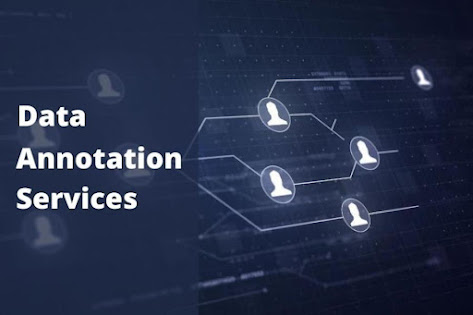OCR Dataset Curation: Selecting the Ideal Training Corpus
Optical Character Recognition (OCR) systems have evolved significantly in recent years, thanks to advances in machine learning and deep learning. These systems have the capability to transform handwritten or printed text into machine-encoded text. However, the efficiency of OCR hinges largely on the quality of data it's trained on. Dataset curation is pivotal, and selecting an ideal training corpus is both an art and science. In this guide, we'll explore the facets of curating a top-notch OCR dataset.
Understanding the Significance of Dataset Curation
The dataset acts as the foundational layer for any AI or ML model, OCR included. The right training corpus ensures:
Accuracy: Correctly recognizing diverse fonts, handwriting styles, and layouts.
Adaptability: Generalizing to unseen data and new contexts.
Speed: Faster processing and results.
Steps to Curate an Ideal OCR Training Corpus
Define Your Objectives: Before diving into dataset collection, have a clear understanding of the OCR's purpose. Are you focusing on recognizing printed receipts, historical handwritten documents, or modern-day cursive writing?
Diversity: Your dataset should encompass diverse fonts, styles, and contexts. For handwriting, gather samples from different age groups, backgrounds, and writing tools (pencils, pens, markers).
Quality Control: High-resolution images yield better results. However, introduce controlled noise – like slight blurs or variations in lighting – to make the model robust.
Augmentation: Expand your dataset by applying techniques like rotation, zooming, or cropping. This aids in training the model to recognize characters from various angles and sizes.
Labeling & Annotation: Ground truth annotation is vital. Each text snippet should be meticulously labeled. Considering the context can sometimes help, especially with homographs or words that look similar.
Validation and Testing Sets: Apart from the training set, have a separate validation and test set. This ensures that the model's performance is objectively evaluated on unseen data.
Challenges in Dataset Curation
Volume: OCR requires vast amounts of data to be effective. Gathering and annotating such large datasets is resource-intensive.
Representation Bias: If your dataset lacks representation, say from specific handwriting styles or rare fonts, the model might falter when encountering them.
Linguistic Nuances: Languages have nuances, dialects, and scripts. Ensuring comprehensive coverage can be challenging.
Enhancing the Corpus with Synthetic Data
One way to overcome data scarcity or representation issues is by generating synthetic data. Techniques involve:
Using GANs (Generative Adversarial Networks) to produce artificial handwritten or printed samples.
Modifying existing text data by applying random transformations, distortions, or noise.
Conclusion
While OCR technology itself is sophisticated, its efficacy is deeply rooted in the data it's trained on. Curating a comprehensive and representative dataset is paramount. By meticulously selecting and preparing the training corpus, you pave the way for an OCR system that's not only accurate but also versatile, ensuring adaptability across a myriad of textual landscapes.





Comments
Post a Comment